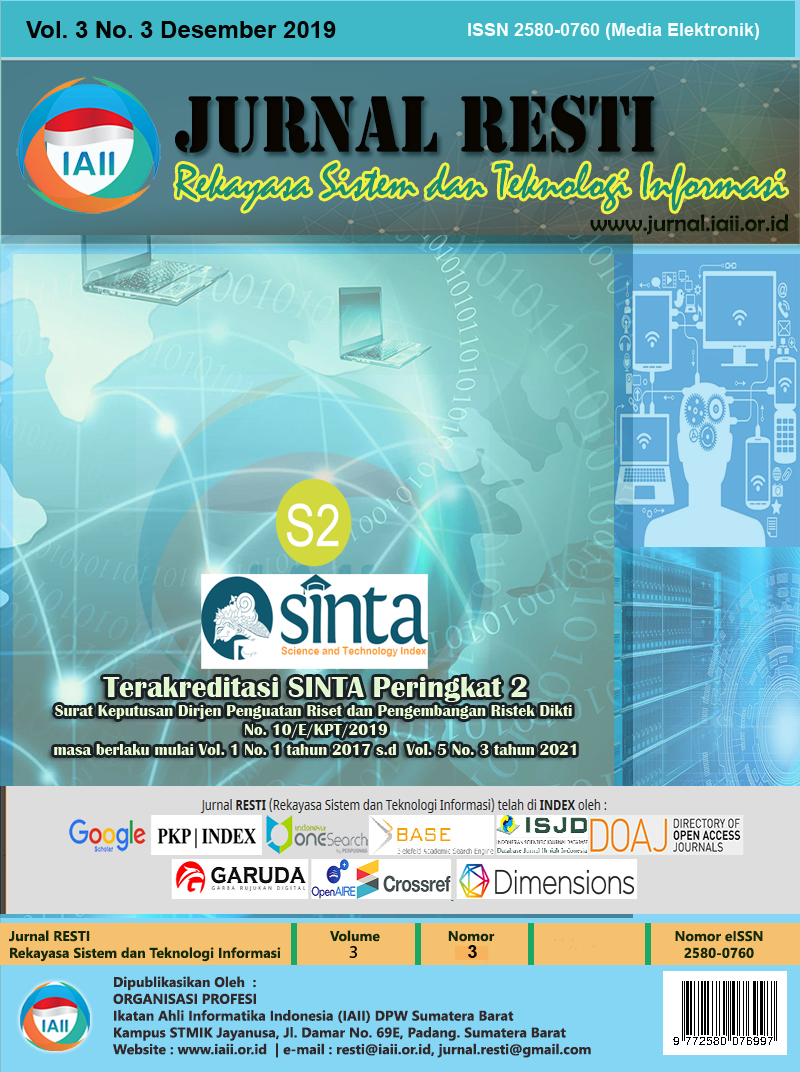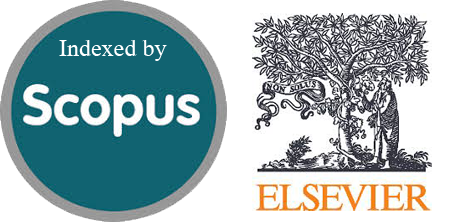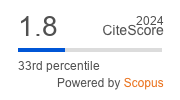Prototype Alat Pengendali Lampu dengan Perintah Suara menggunakan Arduino Uno Berbasis Web
Abstract
The use of electric power for lights often less considered, a lot of lights are on continuously even though it's not used. As a result, a lot of electricity is wasted. This motivated researchers to create innovations of creating a light control system. The light controller system is designed to simplify and benefit the user. For this reason, researchers make light controllers on the web use voice commands that can be done anywhere and anytime using the internet. Making a prototype of a light control system with voice commands utilizes speech to text on the Web Speech API that converts sound into text, then it will be processed into a command of light controllers by the Arduino Uno microcontroller. The researcher used the prototype development method, where through 3 stages starting from Listen to Customer, Design and Building, and Test Drive Evaluations. The testing results are Internet speed and noise level affect the success rate on the use of light control using sound. At 9.9 Mbps internet speed has a success rate of 86% with response time 2.01 second, while at internet speed 1.9 Mbps has a success rate of 65% with response time 2.50 second. At the noise level of 34.5 dB room has a success rate of 86% with response time 2.02 second, while the noise level of 62 dB has a success rate of 72% with response time 2.21 second.
Downloads
References
[2] Wink, “A Simpler Way To Smarter Home,” Blog.wink.com, 2017. [Online]. Available: http://blog.wink.com/wink-blog?category=News. [Accessed: 31-Jan-2019].
[3] Kurniawan, “PURWA RUPA IoT ( Internet of Things ) Kendali Lampu Gedung,” Universitas Lampung, 2016.
[4] APJII, “Penetrasi & Perilaku Pengguna Internet Indonesia 2017,” 2017.
[5] A. Junaidi, “Internet of Things , Sejarah , Teknologi Dan Penerapannya : Review Internet of Things , Sejarah , Teknologi Dan Penerapannya : Review,” Jitter, vol. I, no. 3, pp. 62–66, 2015.
[6] B. S. Kumar, “Natural Language Processing Based Home Automation System Using Smartphone And Aurdino Microcontroller Board,” IJCESR, vol. 4, no. 11, pp. 73–77, 2017.
[7] P. Saputra, “Smart Home Dengan Speech Recognition Melalui Bluetooth Berbasis Android,” J. Elektron. Pendidik. Tek. Elektron., vol. 7, no. 2, pp. 38–55, 2018.
[8] T. D. S. Suyadhi, Buku Pintar Robotika. Yogyakarta: Penerbit ANDI, 2010.
[9] M. Banzi, Getting Started with Arduino, First Edit. U.S.A: Dale Dougherty, 2009.
[10] D. Andyka and M. C. Anwar, “Rancang Bangun Aplikasi Android Pengendalian Smarthome Menggunakan Perintah Suara,” SEHATI, pp. 48–51, 2017.
[11] A. W. Dani, A. Adriansyah, and D. Hermawan, “Perancangan Aplikasi Voice Command Recognition Berbasis Android Dan Arduino Uno,” J. Teknol. Elektro, vol. 7, no. 1, pp. 11–19, 2016.
[12] A. S. N, Nurussa’adah, and P. Siwindarto, “Sistem Keamanan Pintu Pagar Otomatis Menggunakan Voice Recognition,” J. Mhs. Teub, vol. 2, no. 6, pp. 1–6, 2014.
[13] R. S. Pressman, Software Engineering - a Practitioner’s Approach, Eighth edi. Mc Graw Hill, 2016.
Copyright (c) 2019 Jurnal RESTI (Rekayasa Sistem dan Teknologi Informasi)

This work is licensed under a Creative Commons Attribution 4.0 International License.
Copyright in each article belongs to the author
- The author acknowledges that the RESTI Journal (System Engineering and Information Technology) is the first publisher to publish with a license Creative Commons Attribution 4.0 International License.
- Authors can enter writing separately, arrange the non-exclusive distribution of manuscripts that have been published in this journal into other versions (eg sent to the author's institutional repository, publication in a book, etc.), by acknowledging that the manuscript has been published for the first time in the RESTI (Rekayasa Sistem dan Teknologi Informasi) journal ;








